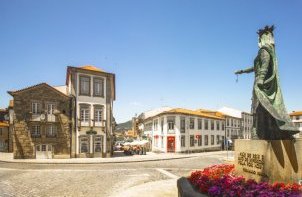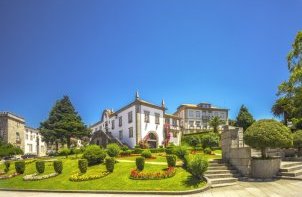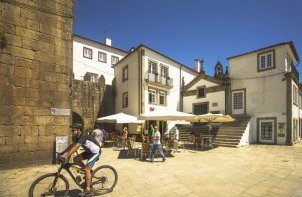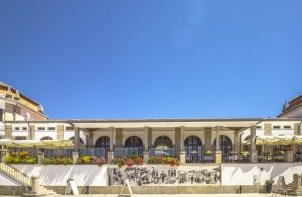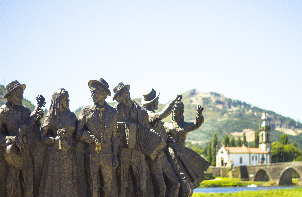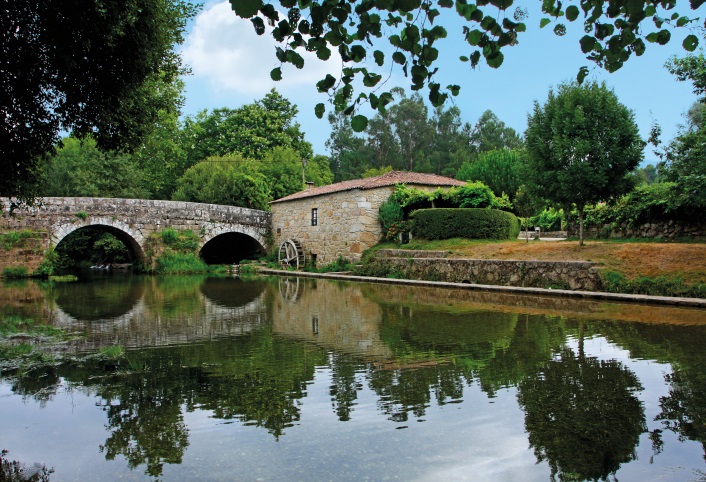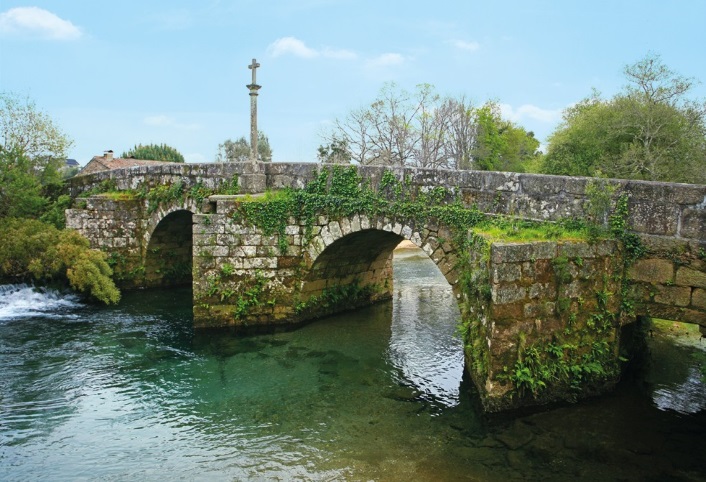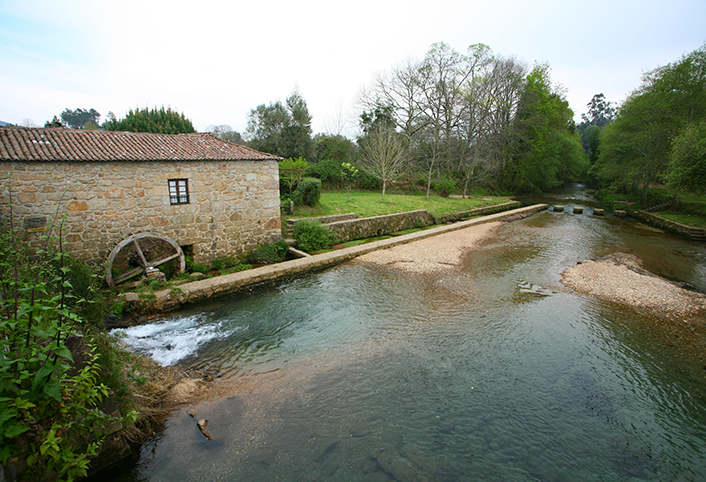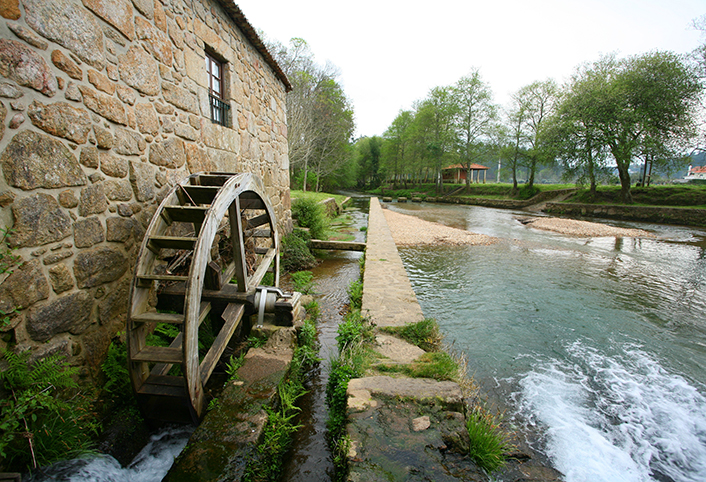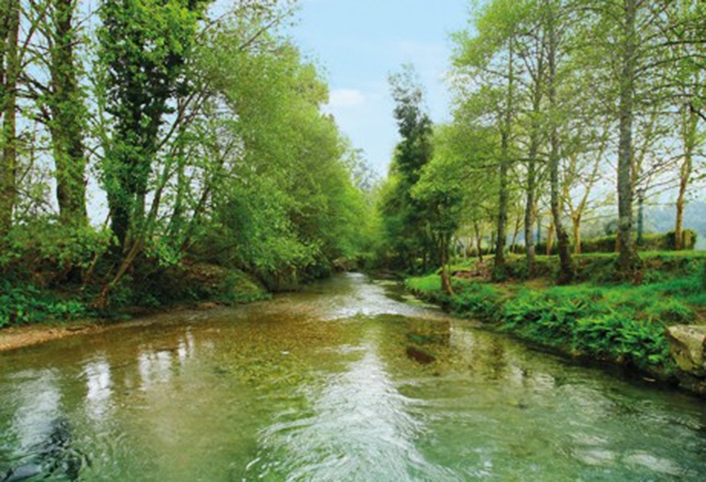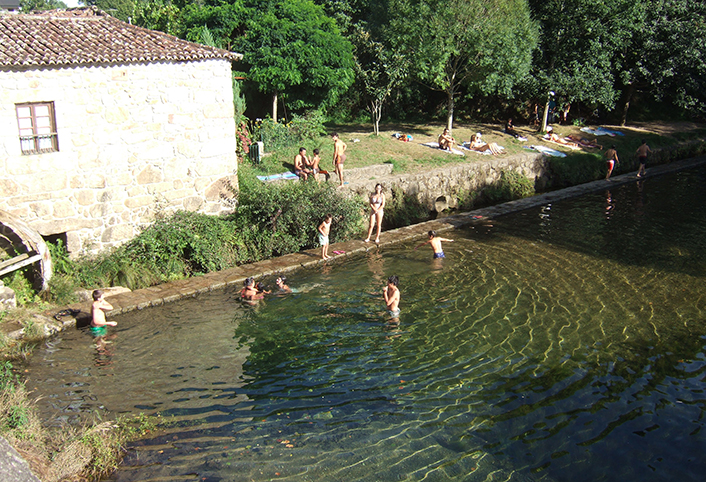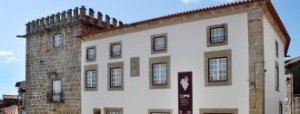Estorãos' Bridge - 41º 47' 9,2'' N | 8º 38' 41,1'' W
Bridge or Arco Geia - 41º 47' 54,5'' N | 8º 35' 30,8'' W
Arquinho's Bridge - 41º 46' 24,4'' N | 8º 35' 15,7'' W
Estorãos’ Bridge; Arch of Geia (Arcozelo) and Arquinho’s Bridge (Arcozelo)
Ponte de Lima
41º 46’ 7,7” N | 8º 35’ 3,4” W
Ponte de Lima
Description
Despite Ponte de Lima being a national reference as far as bridges are concerned due to the architectonic relevance and importance of the combined Roman and medieval road bridge, many other bridges exist in the municipality that are also relevant, especially the ones mentioned in the title, most of them already listed and studied.
The bridge in Estorãos, for some, of Roman origin, has medieval characteristics and, according to the heritage inventories, it is a "bridge over the river Estorãos with a deck in easel form and ramp-like ends, that is based on three unequal semi-circular arches, the central arch being the largest, with breakwater platforms towards the upstream and an eye bolt already under the access ramp on the west side. In the middle of the upstream side, there is a calvary on the outside, on a pedestal, with an ionic column and a Latin cross with triangular arms”.
The bridge or Arco da Geia, in Arcozelo, over the river Labruja, is also of the Roman period and belonged to the Via XIX. The bridge can be described as "a granite bridge with a ramp-formed deck, about 35 m long and 4,5 m wide, based on one semi-circular arch, with a robust though irregular structure at its ends but cushioned ashlars on the arch, being protected by metallic guards”.
Lastly, the Arquinho bridge, in Arcozelo, also over river Labruja, is an excellent example of medieval communication and transportation architecture: "A bridge with an easel-formed deck, having as a basis two pointed arches, with a structure of granite ashlars”.
Contacts
